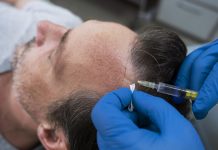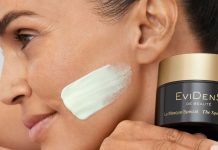Many women do not want to put up with nature and decide on blepharoplasty. There are many myths and incredible “facts” about this surgery. What is true, who should be interested in the procedure and when can it be dangerous?
 What is blepharoplasty?
What is blepharoplasty?
Blepharoplasty is primarily a surgical intervention in the skin of the lower and upper eyelids with the aim of rejuvenation. However, this surgery is struggling not only with age but also with some aesthetic problems. For example, it allows you to remove fatty hernia or change the shape of the eyes.
Types of blepharoplasty
Upper blepharoplasty. As a rule, this is a classic surgery on the upper eyelid. Upper blepharoplasty is indicated in case of overhanging skin or eye cut correction. Thanks to this type of surgery, the eyes become wider and more expressive. Lower blepharoplasty is indicated if patients experience age-related changes in the skin graft. This surgery is mainly used to remove fat bags. Transconjunctival blepharoplasty helps to get rid of fatty hernias under the eyes and is more suitable for young patients. Cantopexy is effective in case of the decrease in skin elasticity and a possibility of sagging lower eyelids. This surgery helps to remove sagging skin and makes the look more fresh and expressive.
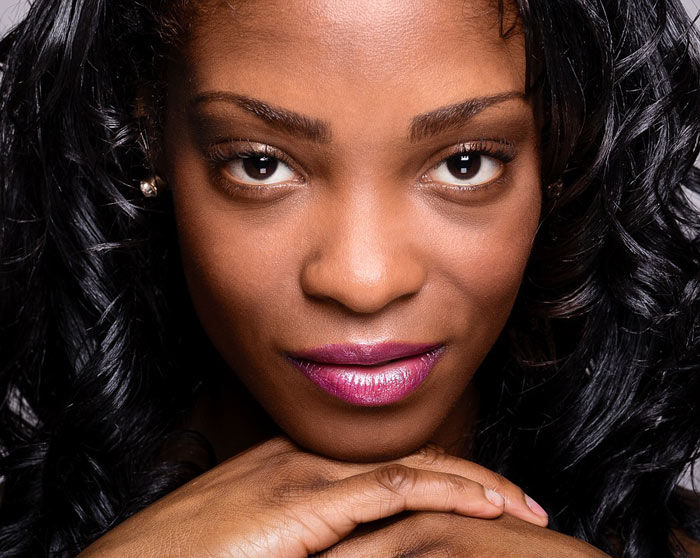
Indications
Usually, the indications for blepharoplasty are:
- overhang or descent of the upper eyelid;
- excessive hernial sacs in the medial corners of the eye;
- an impaired circular muscle of the eye;
- excessive skin graft on the lower eyelid;
- descent of the lower eyelid, etc.
However, blepharoplasty is not only recommended to women affected by age-related changes. The overhang of the upper eyelid may be a genetic predisposition.
Popular myths
Internet for adults is like a horror story for children. The network usually offers a lot of fake information. At present, the most common question that doctors are asked is “Are you sure I will not have eyelid eversion?” Many people do not even suspect that this happens quite rarely. This is mainly due to the surgeon’s lack of professionalism. The reason is taking an excessively large skin flap on the lower eyelid. The muscle does not withstand tension with the skin flap and suffers from eversion.
The second most popular question is “Will there be keloid scars?” Usually, the patient thinks that if there is at least one modified scar, it will form keloids. Actually, it is not true. Scars are of several types and can appear as a result of trauma to the skin, acne, etc.
Many people worry that blepharoplasty has a negative effect on vision. It is a myth. On the contrary, when there is a problem of the overhanging eyelid, the person is constantly straining his frontal muscle due to inconvenience. It causes tension headache. Sometimes overhang makes you feel that a foreign body is present on the pupil, and that is just an enlarged eyelid. Because of this, the vector of the eye is constantly changing. It is at this point that a decrease in vision may occur.
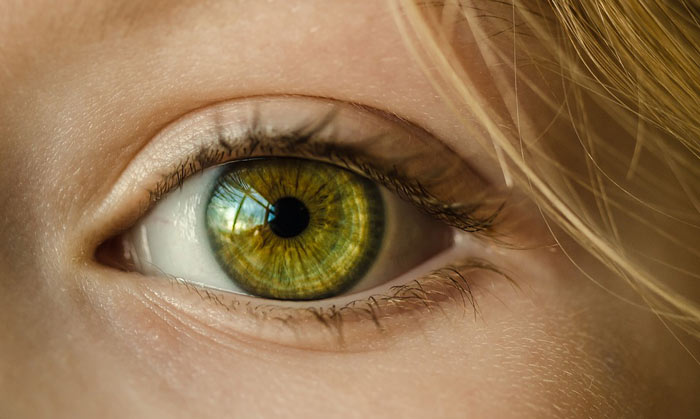
Another common myth is the belief that lower blepharoplasty eliminates wrinkles. This is an obvious misconception. You need to understand that wrinkles are muscle contraction. Blepharoplasty will not help you get rid of them.
Let’s explain everything
How is the surgery taking place? During blepharoplasty, a small incision is made through which excess skin or adipose tissue is removed. After this, intracutaneous sutures are applied. Do not be afraid, over time, they will become barely noticeable. Approximately on the fifth day after the surgery, the sutures are removed. For the fastest healing, special ointments are used, which reduce the swelling and redness of scars.
What happens next?
The post-surgery period depends entirely on the mood of the patient. If the patient perceives the procedure in a positive manner, the recovery period is most likely to pass quickly. However, developing a certain attitude is not enough. The rehabilitation period also depends on how quickly the human body is able to recover. A small lifehack is to watch how quickly your skin heals after bruises and wounds. This time will be the main indicator of your body’s regenerative abilities. Of course, you must follow all the recommendations of the surgeon.
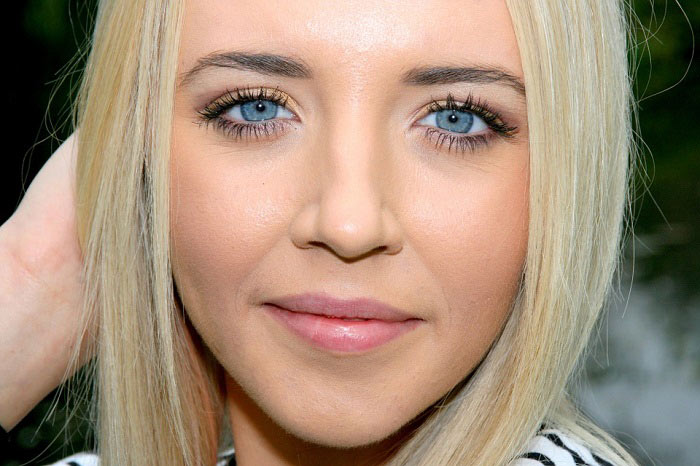
The first step is to avoid exposure to direct sunlight. Therefore, glasses with UV protection become an urgent need rather than a fashionable accessory. Secondly, avoiding intense physical exertion and bad habits will be a benefit. During the rehabilitation period, it is necessary to exclude a trip to the bath and sauna.


